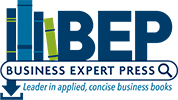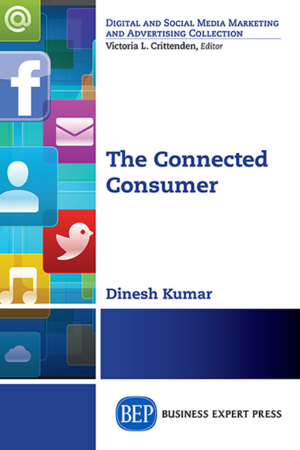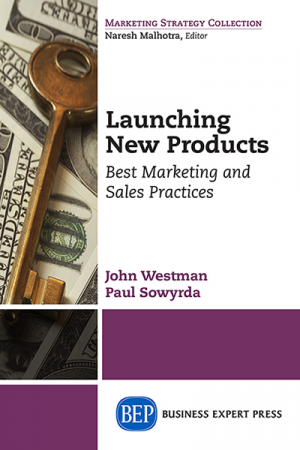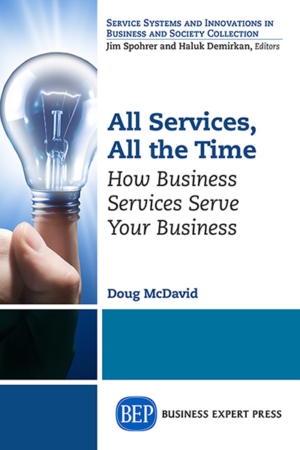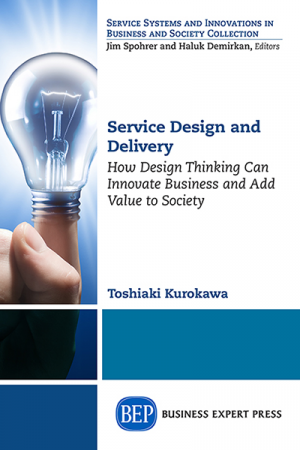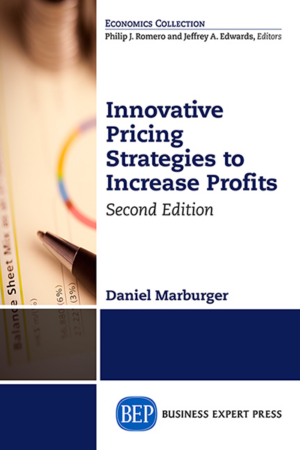The Connected Consumer
$21.99Traditional marketing faces challenges as never before. The way that people interact with each other and with companies is changing completely in today’s era of 24/7 connectivity. This book explores tectonic changes in buyer behavior and how businesses are responding to those changes. It describes how data is used to track and analyze customers in almost everything they do, and how marketing communications are delivered with precision to individual mobile devices. The connected customer is blurring the line between online and offline sales resulting in an entirely new purchase cycle.
The “always on” consumer has ushered in an era of customer engagement. In developed countries, online commerce offers limitless ease and variety for customers, while in developing countries e-commerce and e-finance provides access for millions of people to formal banking channels and also to empower them.
Companies are merging their online and offline business models. While data is being used to analyze and track customers, at the same time it raises a worrying question—does this constant peering into customers’ lives has limits? Will it result in a consumer utopia or a privacy nightmare?
This book helps understand how consumers and companies are changing, leading to profound changes in marketing.
